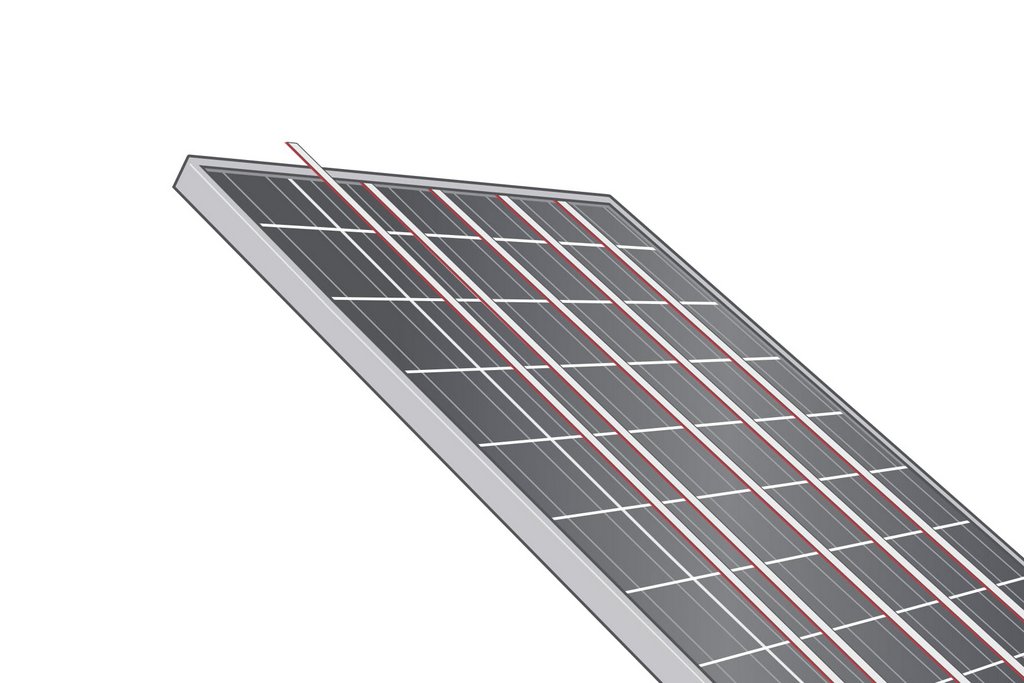Power underfloor radiant heating directly from solar panels with STEP HEAT

STEP HEAT, known for its radiant heating solutions, is offering self-regulating, semi-conductive polymer heating elements, which are often connected to a 24V power supply from standard 120V, 208V, or 240V, and can run directly to a solar panel.
Solar panels can create DC energy output in either 12 or 24 volts. While, most radiant heating systems typically use 120 or 240 volts AC and need an inverter, the thin STEP HEAT heating membrane can run on either DC or AC power.
“STEP HEAT has an important role to play in the future of energy as a green-building product company, and we’ve been on the impetus of energy diversification for quite some time,” said President of STEP HEAT, Monica Irgens. “Our innovative technology moves our industry forward. The future remains bright for renewable energy, and harvesting solar energy and converting it into electrical power has enabled us to power our radiant heating systems in new and progressive ways.”
Self-regulating (PTC nano-technology) allows the STEP HEAT element to heat with maximum power in cold environments, using less energy to achieve the desired temperature. The technology was first developed in 1981 as a method of heating automobile seats, but has since been adapted for application to homes, roofs for deicing, tiny homes, recreational vehicles, and boats.
Because STEP HEAT’s floor-installed heating elements are self-regulating, they decrease electrical power usage as ambient temperature increases, making them energy-efficient, without risk of overheating. STEP HEAT radiant heating systems are manufactured in St. Louis, Missouri.
Calculations indicate that STEP HEAT green radiant heating technology uses 40-60% less energy to reach the same heat output compared to other radiant heating methods like cables and hydronics. To date, millions of square feet of STEP HEAT have been installed in residential, industrial, and commercial projects worldwide, even warming the batteries for NASA’s GPS and all seismic sensors on the South Pole.
To properly install STEP HEAT, cut the element to the appropriate length and connect the electrical components before securing the panels to the sub-floor with approved adhesives. Best of all, there is no need to order customized mats to fit a project as elements can be easily cut to size at the build site. It’s also an interesting alternative to forced heat systems because it does not transport allergens and dust.





Comments are closed here.